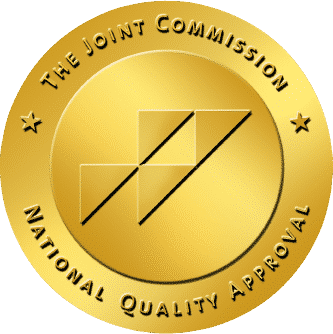Hello Esteemed Readers,
Today, we’re here to inform you about significant changes affecting pre-employment investigations regarding drug and alcohol program violations. Effective beginning in 2023, there are pivotal shifts that streamline the process for motor carriers and employees alike.
No More Part 382 Questions
One of the noteworthy changes is the elimination of certain inquiries on the Federal Motor Carrier Safety Administration (FMCSA) safety performance history request. This update means motor carriers will no longer need to ask former employers about Part 382 violations.
Understanding Part 382
Part 382, a component of Title 49 in the Code of Federal Regulations, pertains explicitly to controlled substances and alcohol use in testing. According to FMCSA, this regulation aims to establish programs designed to prevent accidents and injuries resulting from the misuse of alcohol or controlled substances by drivers of commercial motor vehicles.
Safety Performance Histories Remain Essential
Motor carriers will still need to reach out to a driver’s previous FMCSA employers from the past three years for the following verifications:
General employment details: This Verification typically confirms the employee’s tenure, dates of employment, vehicles operated, and related information over the preceding three years and also encompasses accidents, which will now appear on the former employer’s accident register.
The employee verification will also include other accidents not considered DOT-related crashes that the former employer is willing to provide. And although it’s not mandated, it may give insight into minor incidents and reveal unsafe driving patterns.
Employers now also have the option to include additional questions on the inquiry, as long as they are permissible and comply with state and federal employment laws.
Other DOT Testing Violations
When an applicant has worked in a transportation mode other than highway in the past three years and was subject to DOT testing (e.g., rail, transit, pipeline, air, or maritime positions), motor carriers must contact former employers directly to ask the necessary questions. Violations in these non-highway modes require the return-to-duty process and follow-up tests.
Reach out to us today
Enrolling in our DOT and DISA Qualified SAP Programs not only ensures regulatory compliance but also delivers a myriad of invaluable benefits. Our tailored programs, specifically designed to align seamlessly with your unique organizational goals, will ensure state and local compliance, and are focused on reach and affordability. Are you worried about the intricacies of program implementation? Fear not, as our adept team expertly manages the complexities on your behalf, ensuring a seamless and unburdened path to compliance.
Ready to invest in your organization’s well-being, prosperity, and regulatory adherence? Contact us immediately for further insights into our DOT and DISA Qualified SAP Programs. Our dedicated team is at your service, ready to address inquiries, provide custom solutions, and guide you toward a more secure and compliant future. We appreciate your valued presence in our community and eagerly look forward to facilitating your journey to compliance and excellence.


















